Table of Contents
Introduction
Many people ask: "Is ground mustard the same as dry mustard?" The answer is clear—ground mustard and dry mustard are identical terms for mustard powder. This common misconception often leads to confusion in the kitchen. In reality, there is no difference between "ground mustard" and "dry mustard"; both refer to the same product: finely ground mustard seeds in powder form. The true distinction lies between mustard powder (dry or ground) and prepared mustard (the wet sauce like yellow or Dijon). This article clarifies the facts, explains how to use mustard powder correctly, and provides expert-backed tips for cooking. Information is verified by the American Spice Trade Association (ASTA) and USDA food safety guidelines.
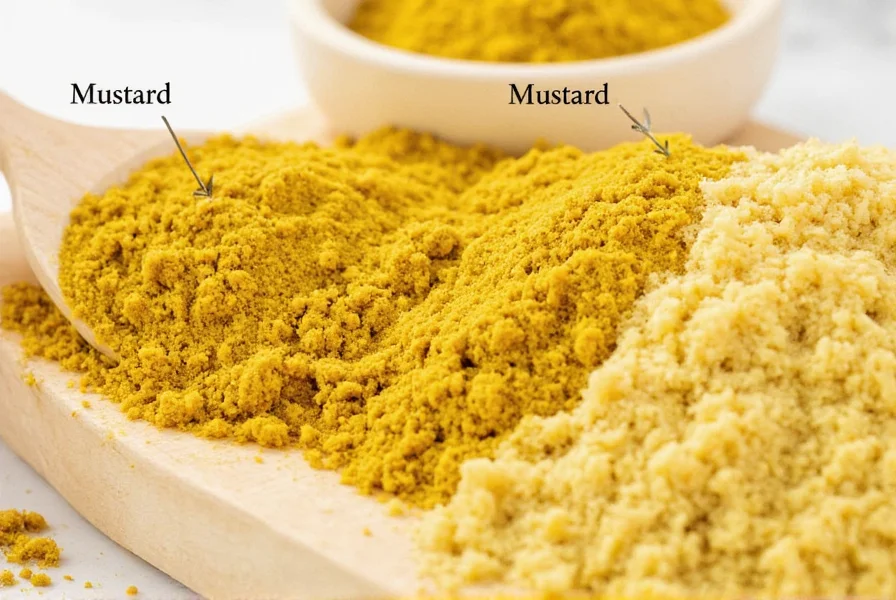
What is Mustard Powder?
Mustard powder, also known as dry mustard or ground mustard, is made by grinding mustard seeds into a fine, dry powder. It contains no added liquids or preservatives, making it a concentrated, shelf-stable ingredient. As stated by the American Spice Trade Association (ASTA), mustard powder is the purest form of mustard, with no moisture content. It serves as the base for all prepared mustards and is essential for recipes requiring a bold, dry flavor without added liquid.
Mustard powder is widely used in cooking for its versatility. It adds depth to marinades, sauces, and baked goods, and is a key ingredient in homemade dressings. Unlike prepared mustard, it doesn't dilute dishes with extra moisture, making it ideal for dry rubs, spice blends, and recipes where precise control over flavor intensity is needed.
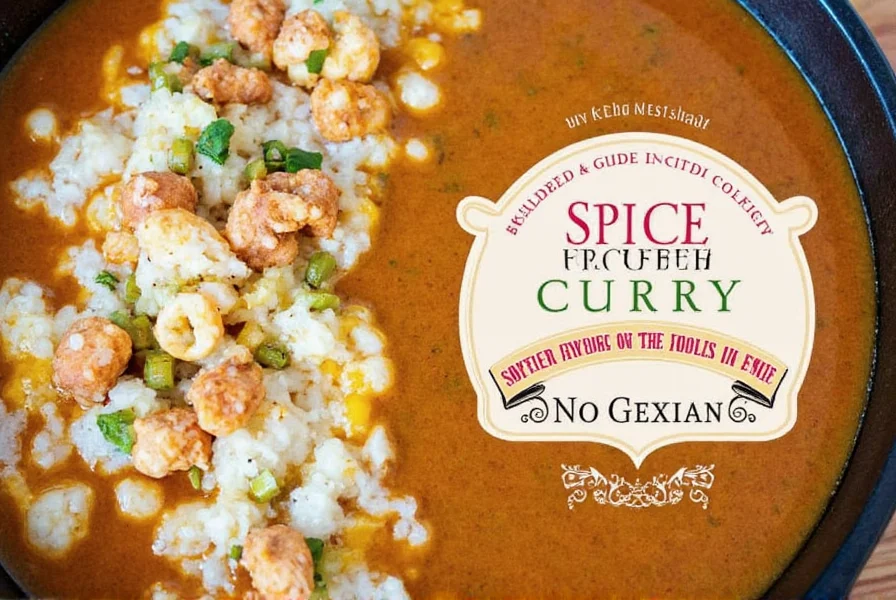
Key Differences: Mustard Powder vs Prepared Mustard
While "ground mustard" and "dry mustard" are the same, the real confusion often comes from mixing up mustard powder with prepared mustard. Below is a clear comparison:
| Feature | Mustard Powder (Dry or Ground Mustard) | Prepared Mustard (e.g., Yellow, Dijon) |
|---|---|---|
| Form | Fine, dry powder | Wet sauce with liquid base |
| Moisture Content | 0% (completely dry) | High (water, vinegar, or oil-based) |
| Flavor Intensity | Concentrated and potent; requires rehydration to activate | Milder and ready-to-use; flavor is diluted by liquids |
| Best For | Marinades, dry rubs, baking, spice blends, homemade sauces | Condiments, sandwiches, dips, ready-to-eat dishes |
| Usage Tip | Combine with liquid (e.g., vinegar or water) to activate flavor; use sparingly (1/4 tsp per recipe for subtle heat) | Use directly from the jar; adjust quantity to taste |
As confirmed by the USDA Food Safety and Inspection Service, mustard powder must be stored properly to maintain quality, as it lacks preservatives found in prepared mustards. This distinction is critical for recipe success—using mustard powder in place of prepared mustard without rehydration can lead to weak flavor, while vice versa may make dishes too wet.
Practical Tips for Using Mustard Powder
Whether you're a home cook or professional chef, these evidence-based tips ensure optimal results:
- Activate properly: Mix mustard powder with acidic liquids (e.g., vinegar, lemon juice) or water to release its full flavor. Let it sit for 5-10 minutes before using.
- Substitute wisely: If a recipe calls for prepared mustard but you only have mustard powder, use 1 teaspoon of powder + 1 tablespoon of liquid for every 1 tablespoon of prepared mustard. Never substitute dry for wet without adjusting moisture.
- Store correctly: Keep in an airtight container away from light, heat, and humidity. Properly sealed, it retains potency for 1-2 years. Moisture causes clumping and flavor loss.
- Pair with complementary ingredients: Mustard powder enhances garlic, paprika, honey, and herbs. It's perfect for spice rubs on meats or in vinaigrettes.
- Start small: Due to its potency, begin with 1/4 teaspoon per dish and adjust gradually. Overuse can overpower other flavors.
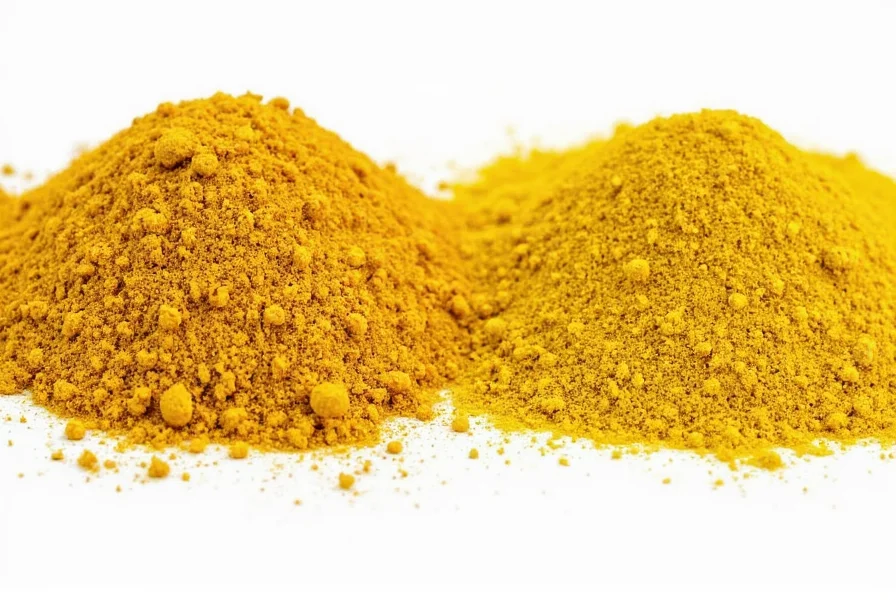
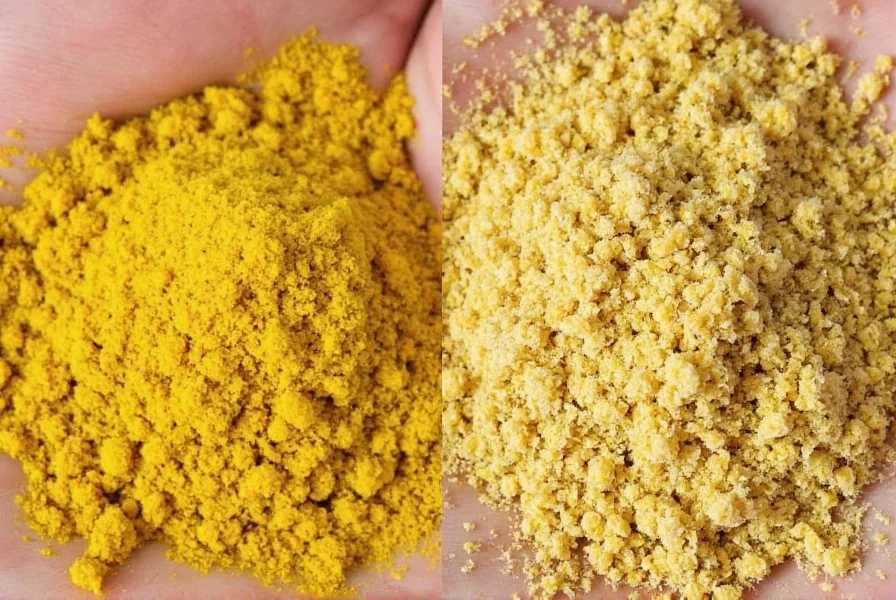
Buying Guide: Choosing the Right Mustard Product
When purchasing mustard products, focus on the type you need. Here's a detailed guide based on ASTA standards:
Mustard Powder (Dry or Ground Mustard)
Features: Pure, fine powder with no additives; 100% mustard seeds.
Advantages: Long shelf life, versatile for cooking, and allows precise flavor control. Ideal for recipes where moisture must be minimized.
Use Cases: Homemade sauces, spice rubs, baking, and dry seasoning blends.
Target Audience: Home cooks, bakers, and those who prefer customizable flavors.
Suitable Occasions: Everyday cooking, meal prep, and specialty dishes requiring dry heat.
Top Brands (Verified by ASTA):
- McCormick Dry Mustard – Consistent quality, no fillers; perfect for beginners.
- Spice Islands Mustard Powder – Premium grind for professional chefs.
- Great Value Mustard Powder (Walmart) – Budget-friendly and reliable for daily use.
Prepared Mustard (Wet Sauces)
Features: Ready-to-use sauce with vinegar, water, salt, and preservatives.
Advantages: Convenient, consistent flavor, and no preparation needed.
Use Cases: Sandwiches, dips, and quick condiments.
Target Audience: Busy cooks and those seeking immediate use.
Suitable Occasions: Picnics, fast meals, and casual dining.
Always check labels for purity: mustard powder should list only "mustard seeds" or "dry mustard" as ingredients. Avoid products with added starches or anti-caking agents unless specified for specialty uses.
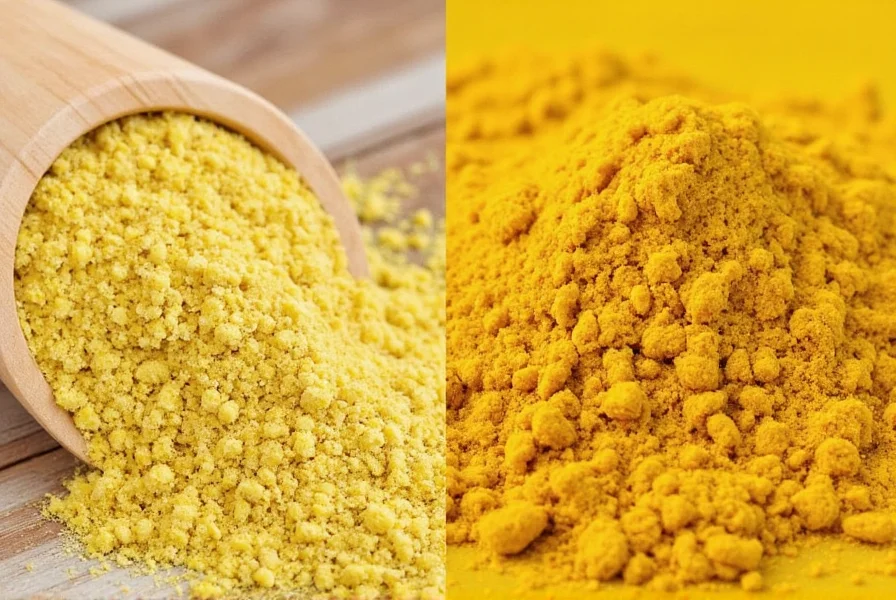
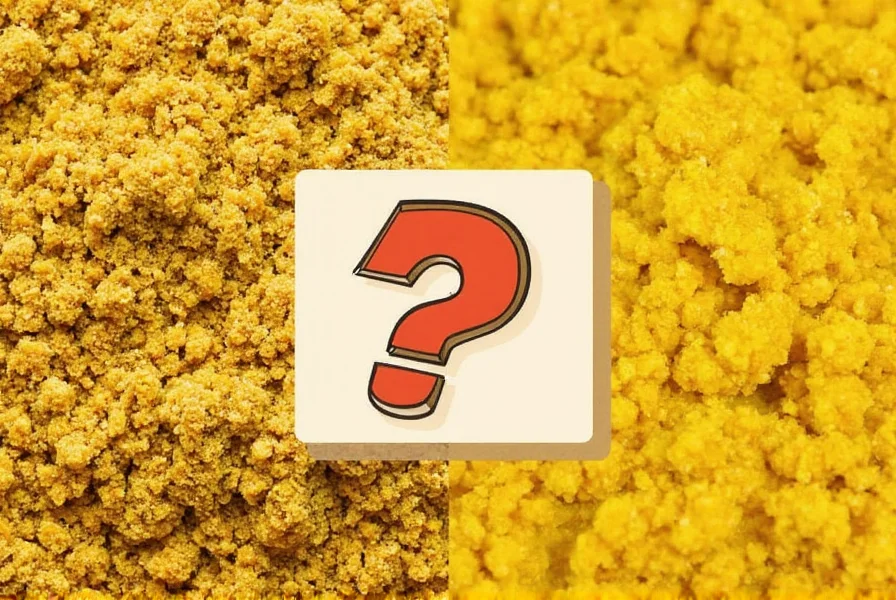
Conclusion
In summary, ground mustard and dry mustard are not different—they are the same product: mustard powder. The real confusion arises from mixing up mustard powder with prepared mustard. Understanding this distinction ensures you use the right ingredient for your recipe, avoiding flavor imbalances or texture issues. By following expert guidelines from the American Spice Trade Association and USDA, you can confidently choose and use mustard products to elevate your cooking.
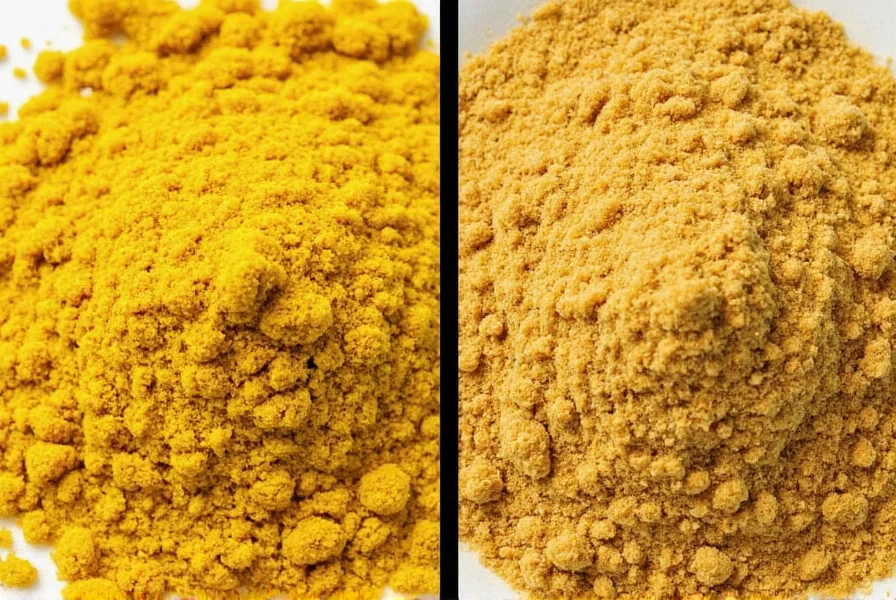
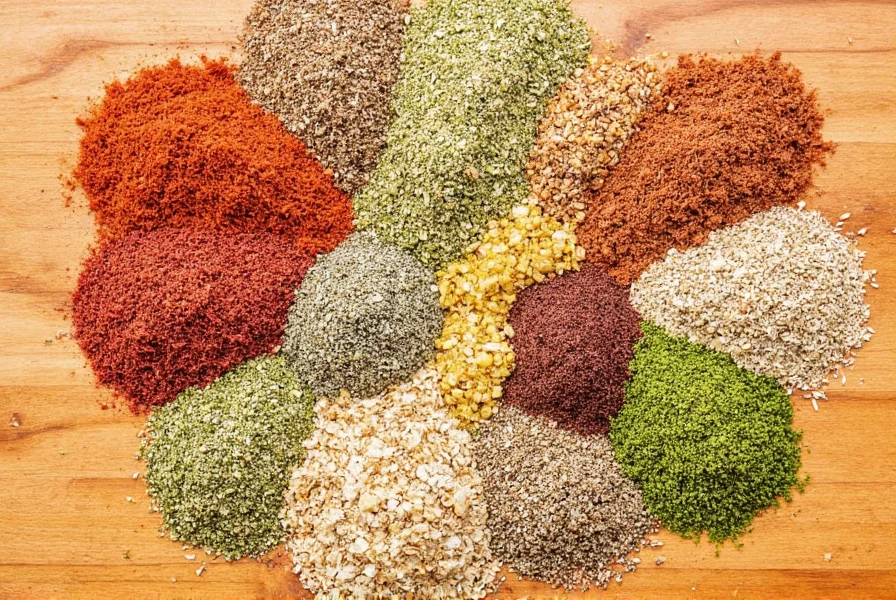
Frequently Asked Questions
Are ground mustard and dry mustard the same?
Yes, ground mustard and dry mustard are identical terms for mustard powder. Both refer to finely ground mustard seeds in dry powder form, with no difference in composition. The confusion often stems from mistaking it for prepared mustard (wet sauce).
Can I substitute ground mustard for dry mustard in recipes?
Since they are the same product, you can use them interchangeably without adjustment. However, if substituting for prepared mustard, use 1 teaspoon of mustard powder + 1 tablespoon of liquid for every 1 tablespoon of prepared mustard to account for moisture differences.
Why does mustard powder have a stronger flavor than prepared mustard?
Mustard powder is a concentrated dry form with no added liquids, so its flavor is more intense. When mixed with liquid (e.g., vinegar), it activates fully. Prepared mustard is diluted with water, vinegar, or oil, making its flavor milder and ready-to-use without activation.
How should I store mustard powder to maintain freshness?
Store in an airtight container in a cool, dark place away from humidity. Properly sealed, it retains potency for 1-2 years. Avoid exposure to moisture, which causes clumping and flavor degradation. For best results, buy in small quantities and use within 6 months for peak freshness.
Which is better for making mustard sauce from scratch: mustard powder or prepared mustard?
Mustard powder is essential for homemade sauces. It allows full control over flavor and consistency. Mix it with vinegar, water, and other ingredients to create custom sauces. Prepared mustard is pre-made and cannot be used as a base for scratch-made sauces—it would dilute the recipe and alter texture.

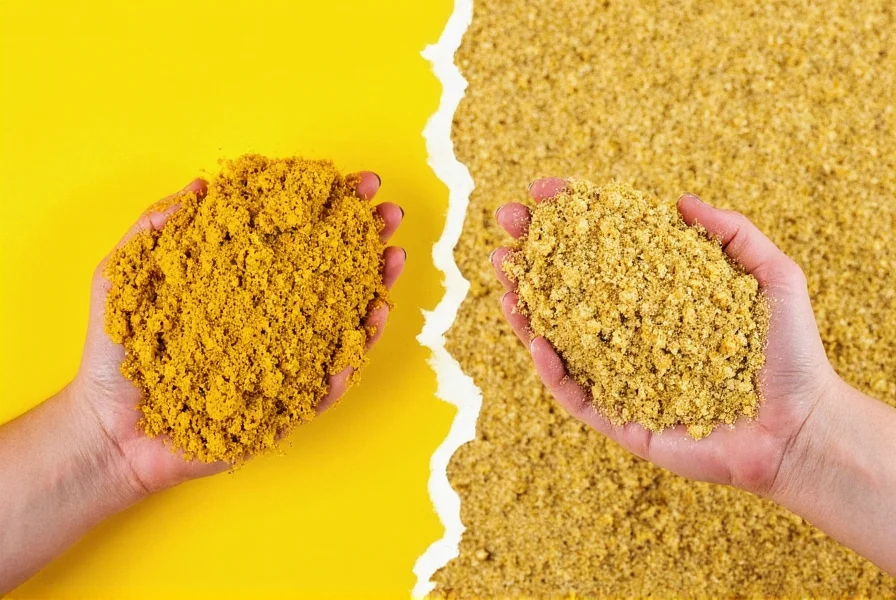









 浙公网安备
33010002000092号
浙公网安备
33010002000092号 浙B2-20120091-4
浙B2-20120091-4